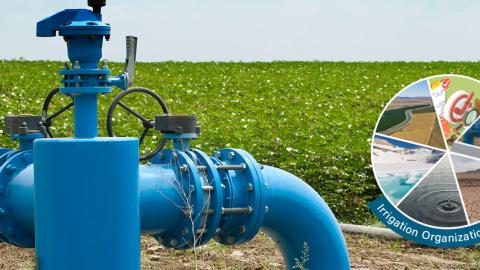Farm Practices & Management
Topics
-
Genetically engineered (GE) seed varieties were commercially introduced in the United States in 1996. Adoption rates for these crops increased rapidly in the years that followed. Currently, more than 90 percent of U.S. corn, upland cotton, soybeans, canola, and sugarbeets are produced using GE varieties. USDA, Economic Research Service (ERS) conducts research on agricultural biotechnology issues, which are covered in this topic.
-
ERS analyzes trends in the adoption of a range of crop and livestock production practices and their effectiveness in reducing costs, increasing farming profitability, minimizing losses to the environment, and conserving natural resources.
-
ERS evaluates the influence of rising energy costs and crop prices on fertilizer prices, nutrient supply, and consumption. ERS research also examines factors influencing volatile fertilizer markets and farmers' strategies to manage nutrient use under price uncertainty. ERS evaluates factors driving trends in the use and composition of pesticides in the United States. Changing relative prices of inputs, trends in the extent and location of crop production, use of biotechnology, adoption of organic systems, and pest invasions all contribute to changes in pesticide use.
-
Agriculture is a major user of ground and surface water in the United States, and irrigation has enhanced both the productivity and profitability of the agricultural sector. According to the 2017 Census of Agriculture, farms with some form of irrigation accounted for more than 54 percent of the total value of U.S. crop sales, while irrigated land accounted for less than 20 percent of harvested cropland.
-
This page outlines the importance of risk management in farm business decisions, focusing on the Federal Crop Insurance Program and analysis of farm risks and strategies.
We’d welcome your feedback!
Would you be willing to answer a few quick questions about your experience?




